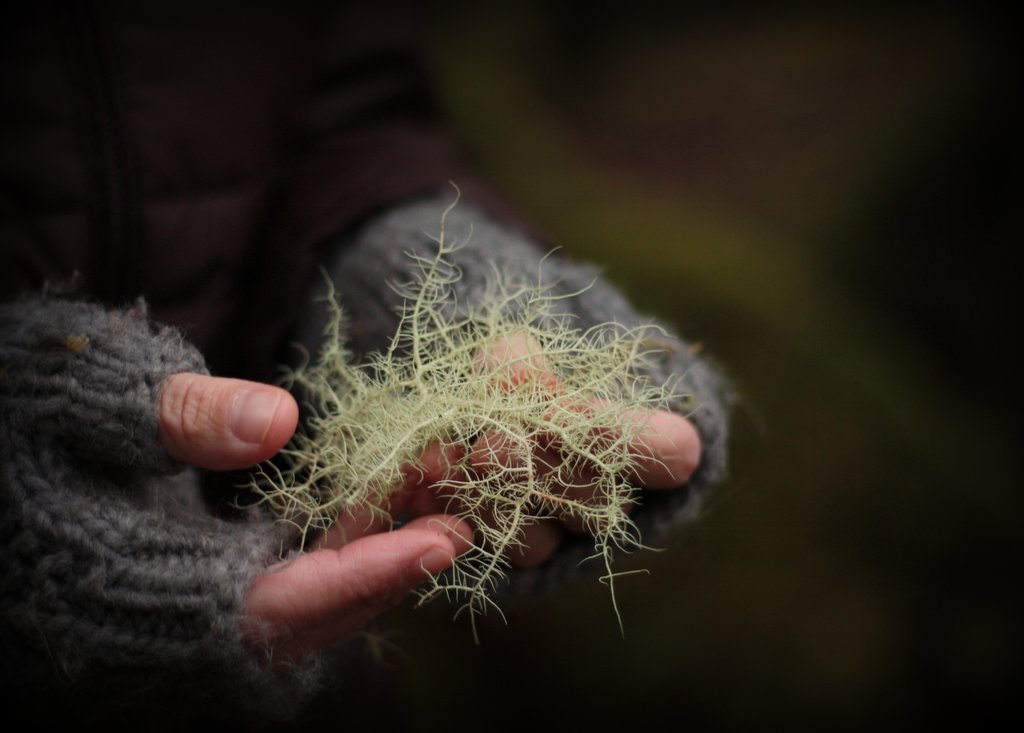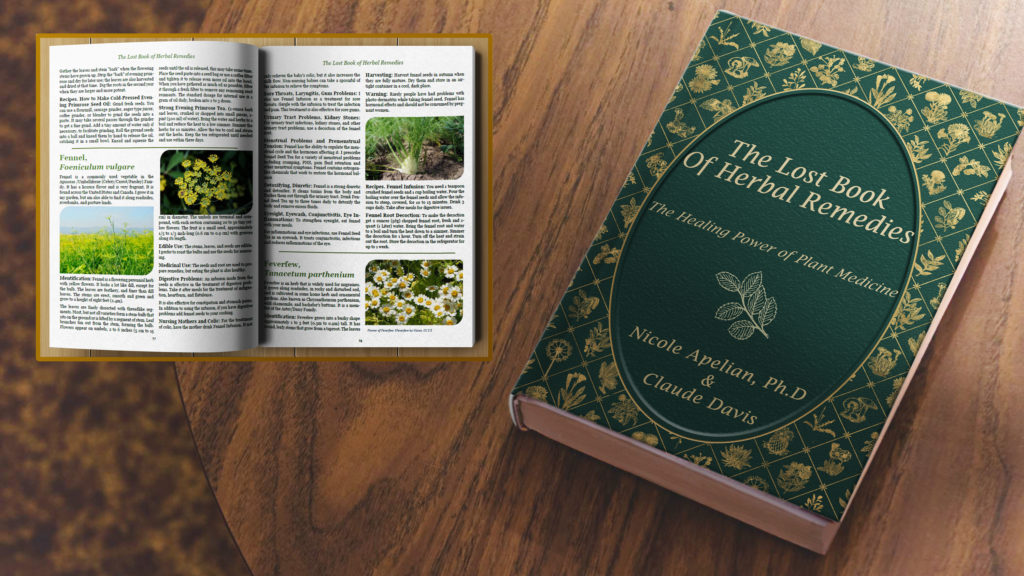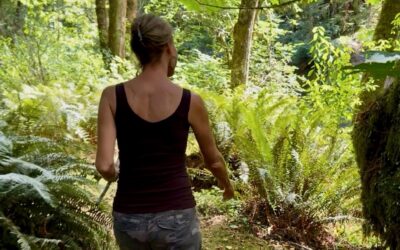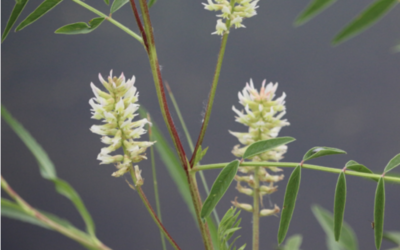Usnea Lichen: If I only had access to one herb this is the one I’d pick
My number one go-to herb for keeping me healthy during the cold and flu season, and when I am traveling or around crowds, Usnea is an outstanding herbal remedy. It has powerful antibiotic, antifungal, antimicrobial, and antiviral properties. I put usnea in a spray bottle and will spray the back of my throat to help prevent illness. It can also be used on wounds or skin conditions to promote healing. Pair it with my Blue Elderberry tincture to avoid picking up the latest bug making the rounds.
Basic Identification: Resembling an old man’s beard with clumps of filaments hanging from trees, usnea is distinguished from other lichens by its white core and elastic inner fibers. It is sage green in color and can take a variety of forms. Pull the strands until a white core is exposed to confirm you have the correct lichen.
Where Does It Grow and How to Harvest? Found worldwide, usnea lichen prefers climates with substantial rainfall. I like to harvest usnea right after a storm when tree branches have broken and fallen to the ground, making the lichen easy to collect from the ground without overharvesting. Store in a cool, dark place until use. Only collect from clean areas.
Edible Uses: While considered edible if leached several times, usnea lichen can cause severe stomach upset. It is, however, an outstanding medicinal plant with many uses.
Usnea Lichen Tincture Recipe – Double-extraction method: 8 ounces (230g) or more of dried Usnea Lichen, 24 ounces (710ml) of 80 to 100 proof alcohol, 8 ounces (250ml) distilled water.
Chop the Usnea into very small pieces so that the core is exposed to the solvent. Place the distilled water and the dried herbs into a crockpot and stir well. Cover and cook on the lowest setting for 3 days. Allow the herbal mixture to cool slightly, then pour it into a glass jar. Add the alcohol while the mixture is still quite warm, but not hot. Cap the jar tightly, label and date. Let macerate for 8 weeks, shaking the jar daily. Strain out the herb (cheesecloth works well for this) into a fresh jar. Tightly cap, label, and date. If your finished tincture turns cloudy, simply shake before use. Store in a cool, dark location.
Medicinal Uses: Usnea lichen is an excellent herbal remedy for a variety of bacterial, microbial, viral, and fungal infections. It also helps to stop bleeding when applied to wounds as it rapidly facilitates clotting and controls bleeding.
Here are my top 3 uses for Usnea Lichen:
A Powerful Antibiotic for Strep, Staph, MRSA, Tuberculosis. For gram-positive bacteria like Streptococcus, Pneumococcus, MRSA, and tuberculosis, the compounds in usnea lichen rival penicillin. It is an exceptionally effective herbal antibiotic both topically and internally.
Antiviral: Epstein-Barr, Herpes, HPV. Usnea lichen treats a range of viral infections such as Epstein-Barr and herpes. Cervical dysplasia also responds well to douching with a diluted solution of usnea.
Infections of the Respiratory System, Urinary Tract, Bladder, and Kidney. The antibiotic and antiviral properties of usnea help to eliminate a variety of infections, including those of the respiratory system such as bronchitis, pneumonia, sinus infections, and strep throat. My convenient double-extracted usnea tincture is also effective against urinary tract, bladder, and kidney infections
The Lost Book of Herbal Remedies
But that’s not all. There are over 18 medicinal uses for usnea lichen in my book, The Lost Book of Herbal Remedies: The Healing Power of Plant Medicine. Detailed harvesting advice for this herb and many other easy to find plants are included. What’s more, it shows you how to make tinctures right in your own home. Nature does indeed provide!
Safety
Do not use usnea lichen continuously in large doses as it is a highly concentrated medicine. Only take as needed for specific problems. I personally use usnea as a spray in very low doses as a preventative without issue. Avoid use if pregnant or breastfeeding. Since usnea absorbs pollutants from the environment, do not harvest in areas exposed to heavy metals, roadway exhaust, or industrial waste.
Nicole Apelian
Roll Up Your Sleeves and Do it Yourself?
Are you interested in making your own herbal remedies at home and learning about the many plants, lichens, and mushrooms you can find out your own back door? If so please pick up a copy of my book: "The Lost Book Of Herbal Remedies: The Healing Power of Plant Medicine" today!
Not in Europe or the US? Not a problem, click here to order your copy »





